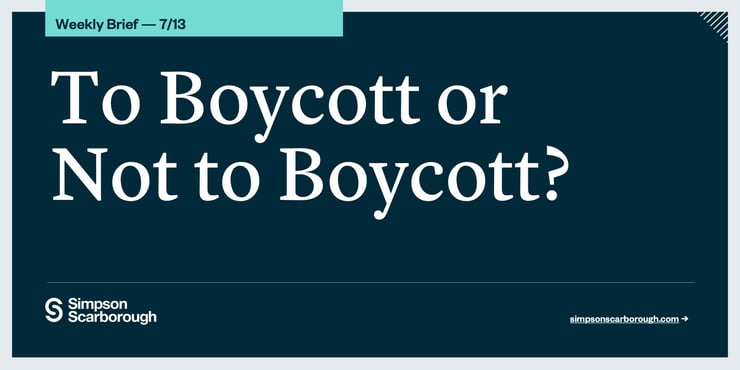In the last few weeks, a number of colleges and universities have made announcements to remove statues and artwork with racist lineages. The news has been received positively by many but, as expected, was accompanied on social media with swift and hateful commentary.
The emotional toll on communications staffers has been incredibly heavy since March. As colleges now grapple with decisions around race, diversity, and their often ugly histories, this toll will only grow. In the long run, decisions related to removing statues and artwork will be remembered positively by most constituents. In the short term, though, the minority is often the loudest and most painful.
Management of social media has gained respect across campus in recent years but is still not viewed as critically as it needs to be on many campuses. This summer and fall will be the most challenging institution communications offices have ever faced, and social media will be at the center of it all. It will be critical for leadership (including the President) to prioritize messaging for social and to allocate resources to support the staff running the accounts day to day. And not just production resources but mental health resources. This staff is not only responsible for posting, but they also need to respond. And responding to negativity for months on end will take its toll.
But let's not let the necessary allocation of mental resources and the prioritization of social messaging cloud the underlying point here. The public response and inevitable scrutiny that your institution will face over the next several months in response to decisions around COVID outbreaks, virtual learning, campus openings/closings, Black Lives Matter protests, campus policing, political rallies, tuition decisions, and yes, campus statues, will all find social media channels as their ground zero. This serves as a reminder that social is the democratization of information and that the social media manager does not exist to help students find you on Snap, or, God forbid, help you go viral. Rather, they are your institution's most visible line of communication. It's time to give them — and their profession — the respect, resources, and rest that they deserve.











